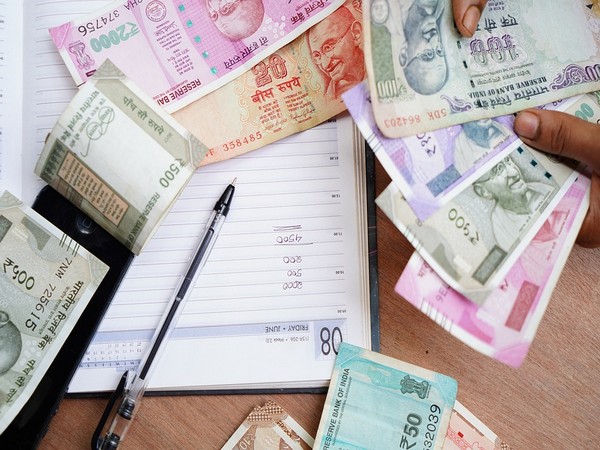
New Delhi: CareEdge Ratings estimates bank credit growth in India to be in the range of 14-14.5 per cent in financial year 2024-25. In current financial year 2023-24, credit offtake is anticipated to close with a growth of around 16 per cent excluding the HDFC merger.
According to the rating agency, the effect of the HDFC merger would dissipate by the end of the first quarter of 2024-25. However, elevated interest rates and global uncertainties could adversely impact credit growth.
India has a relatively lower level of bank credit to GDP ratio when compared to other countries and to improve the same, access to credit and the cost of credit need to be addressed, the rating agency asserted.
Credit in India has continued to outpace deposit growth by a significant margin significantly. Apart from personal loans (driven by improved digitalisation), the major driver of this growth has been the NBFC segment.
"Personal loans and NBFCs have been the main growth drivers for the Indian banking sector, as corporate lending has been muted due to NPAs and deleveraging," it said.
On macroeconomy, CareEdge Ratings expects India's GDP to growth at 7.6 per cent in 2023-24 ending on March 31, and around 7 per cent in the next financial year 2024-25.
According to the rating agency, the economic growth in the current financial year was supported by a strong growth in investment demand led by public capital expenditure.
In the interim Budget tabled on February 1, the government proposed to increase capital expenditure outlay by 11.1 per cent to Rs 11.11 lakh crore in 2024-25. A capital expenditure, or capex, is used to set up long-term physical or fixed assets.
Last year, which was the last full Budget under the Prime Minister Narendra Modi-led government's second term, the government proposed to increase capital expenditure outlay by 33 per cent to Rs 10 lakh crore in 2023-24, which was estimated to be 3.3 per cent of the GDP.
While the agriculture growth is currently subdued, the manufacturing and services sectors are contributing to the overall growth momentum, the rating agency said in a report.
"Private consumption demand also remained muted in Q3FY24 despite some sequential improvement. The sustainability of investment growth in the medium-term hinges significantly on the imperative need to strengthen consumption growth. The escalation of global geopolitical tensions and slowing external demand can further add to the downside risks to the external sector," it said.
Going forward, the most critical aspect to watch out for, according to CareEdge, will be a broad-based improvement in consumption growth.
"The other critical aspect would be a significant expansion in private investment. Overall robust GDP growth will be sustainable only when there is a meaningful improvement in consumption and private investment."
India's real GDP growth for the current financial year ending in March 2024 is also pegged at 7 per cent by the RBI, 60 basis points lower than the National Statistics Office's second estimates.
Firm GDP growth forecasts, inflation at manageable levels, political stability at the central government level and signs that the central bank is done tightening its monetary policy have all contributed to painting a bright picture for the Indian economy.
India's GDP grew at a massive 8.4 per cent during the October-December quarter of the current financial year 2023-24 and the country continued to remain the fastest-growing major economy.